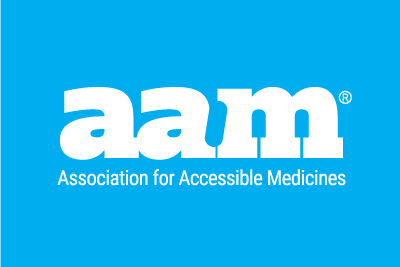Recently, increasing numbers of patients are using pharmacy discount cards to afford their medicines. Advertising for these programs can be found everywhere. Unfortunately, the existence and explosive growth of pharmacy discount cards is merely one more symptom of a chronically broken system that limits patient access to what should be affordable generic medicines. These medicines, which often cost pennies when sold by the manufacturer, can cost patients—even those with prescription drug coverage—tens or hundreds of times the original price at the pharmacy counter, even when those patients have prescription drug coverage through their health insurance.
A new white paper from IQVIA released today shines light not only on the growth of these cards, but also on how much patients are unnecessarily spending on low-cost generic drugs. It provides further evidence of the need to eliminate the market distortions created by middlemen behavior that increase patients’ out-of-pocket costs for what should be affordable generic medicines.
These programs are utilized by patients as a means to access a negotiated price and pay cash for a drug. Through companies like GoodRX, patients can access PBM-negotiated prices for prescription medications, which can be lower than simply paying cash or than depending on the PBM-negotiated price through a patient’s own insurance benefit.
The growth in the use of discount cards is astounding and is emblematic of a fundamentally broken market. In 2021, pharmacy discount cards accounted for 5.4% of all prescription drug transactions, up 61% from 2017. These programs are typically used to fill prescriptions for generic medicines, and nearly one in five patients—often those who already have coverage through commercial or Medicare plans—utilize a discount card at least once a year.
The paper found that more than half of commercial and Medicare Part D patients could reduce out-of-pocket costs by 20% or more when they use a discount card after an earlier abandonment. In dollar terms, nearly half of all seniors who used a discount card saved more than $5 per prescription over what they would have spent using their Medicare drug plan. For seniors with fixed incomes and multiple prescriptions, this can add up.
This phenomenon is largely due to a disturbing trend in which pharmacy benefit managers (PBMs), which are responsible for placing drugs on formulary tiers that determine the coverage and costs of each drug covered by a patient’s insurance benefit, place low-cost generic drugs on tiers traditionally reserved for more expensive, non-generic medicines. An analysis conducted by Avalere found that, in 2022, a whopping 57% of generic drugs were placed on non-generic formulary tiers with higher cost-sharing requirements. Avalere also found that nearly two-thirds of Medicare patients were forced to pay the full cost of at least one generic because their health plan copay was higher than the cost of the medicine.
This simply should not be the case. Patients should not be forced to find workarounds to middlemen profit-seeking in order to afford their generic drugs.
By Craig Burton, Senior Vice President, Policy and Strategic Alliances
Executive Director, Biosimilars Council
Published on September 6, 2022




